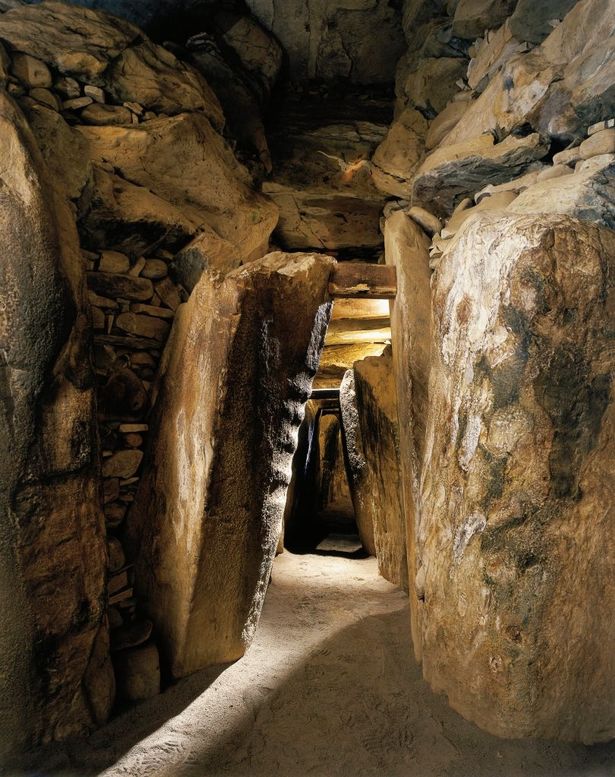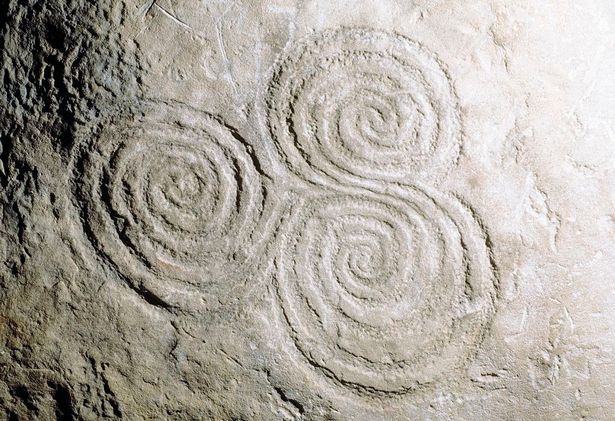A mysterious prehistoric Irish mega tomb that could have been a “cult of the dead” continues to split opinion among scientists.
Newgrange in Ireland’s County Meath is older than Stonehenge and the Pyramids and just as important despite being one of the lesser-known ancient monuments.
The impressive circular structure dates back to around 3,200 BC – making it six centuries older than Egypt’s pyramid.
Covered in grass, it could easily be mistaken for a big hill at first glance. But it’s actually a passage tomb – a site described in Irish mythology as a portal to the “Otherworld”.
Archaeologists have studied the structure for years but opinion is divided on what its specific purpose might have been.
Digs have uncovered several clues about how the burials may have worked – including skeletal remains and “grave goods” like marble necklaces.

(Image: De Agostini via Getty Images)

(Image: De Agostini via Getty Images)
Some scientists believe the site was a “cult of the dead” for an ancient religion based around worshipping deceased ancestors.
Others think the structure was built based on beliefs about astronomy, with its entrance aligned with the rising sun on the winter solstice.
At this time of year, the inside of the tomb becomes flooded with light through a “roofbox” located above the inner chamber.

(Image: De Agostini via Getty Images)

(Image: Getty Images/iStockphoto)
Scientists were originally confused by the hole until they realised it was intended to bring light to the room on the shortest day of the year.
Another mystery is how long it took to build to build the structure, with some experts estimating a space of five years and others a minimum of 30 years.
Newgrange was declared a UNESCO World Heritage Site in 1993 and can be visited by tourists.


